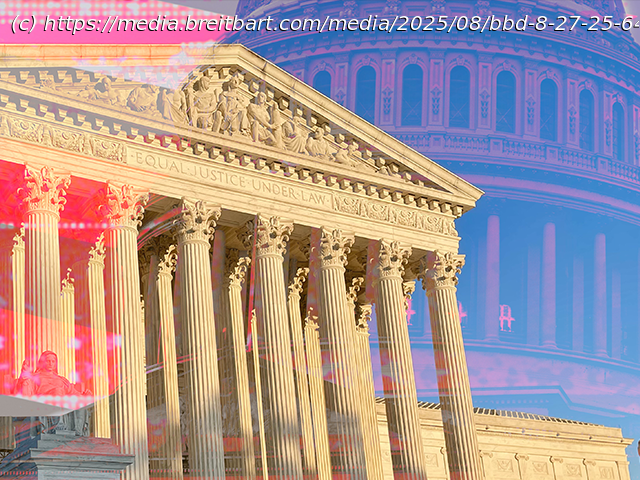Measured against the history, the text, and the institutional logic, the legal ground in the Lisa Cook dispute tilts toward presidential discretion, not judicial oversight of central bank staffing.
The Clause That Vanished—and the Senators Who Found It
When President Donald Trump moved to fire Federal Reserve Governor Lisa D. Cook this week, he touched off an immediate debate about what the law means when it says a Fed governor can be removed only “for cause.”
But what if the rule that the president can remove a Federal Reserve official only “for cause” simply disappeared?
That’s exactly what happened in 1933. In the legislative blitz to stabilize a collapsing banking system, Congress quietly dropped the “for cause” language that had anchored the 1913 Federal Reserve Act. For nearly two years, on paper, the Washington board’s appointive members served at the President’s pleasure. Even stranger: hardly anyone noticed.
The discovery came in 1935, during hearings on the next big banking bill, when senators realized the old safeguard had gone missing. The Senate hearings on the bill began on April 9, and for weeks they proceeded as if the “for cause” language remained in the bill. Over the in House, deliberation over the legislation similarly assumed the president could not remove Fed officials except for cause.
It was not until May 15 that Winthrop Aldrich—the chairman of Chase National Bank and son of Senator Nelson Wilmarth Aldrich, one of the key architects of the central banking plan that became the Fed—brought to the attention of the committee the fact that the current law no longer required cause. Senator Carter Glass of Virginia—another of the architects of the Fed—admitted he must have been “asleep” when it slipped through.
Aldrich said this highlighted the danger of “hasty legislation.” Glass, however, saw something more nefarious at work.
“I do not know that it was due to hasty action. It might have been due to covert action. I never heard of it until the other day,” Glass said.
The timing of the debates over the bill was everything. Democrats held lopsided majorities in both chambers—69 of 96 Senate seats, 322 of 435 House seats. Franklin Roosevelt remained popular despite the ongoing Depression. And many lawmakers, across party lines, blamed the Fed’s early-Depression policy mistakes for deepening the economic catastrophe.
Meanwhile, the Supreme Court was systematically dismantling Roosevelt’s agenda. Schechter Poultry had struck down industrial codes. Railroad Retirement Board v. Alton had invalidated pension plans. Louisville Joint Stock Land Bank v. Radford had gutted farm relief. More defeats loomed on the horizon.
In this climate, the last thing Hill Democrats wanted was to hand a bench of unelected conservative justices yet another tool to second-guess whether an elected president had “sufficient” cause to remove Fed officials. They had watched the Court block Roosevelt at every turn. Why create another opening for judicial interference?
That backdrop makes Congress’s ultimate choice all the more revealing.
The Court upheld that restrictive formula and struck down Roosevelt’s dismissal.
Home
United States
USA — Science Breitbart Business Digest: When Congress Wrote the Fed Rules, Courts Weren’t Invited






